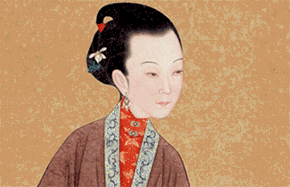China adds three Heritage Irrigation Structures
 |
|
The project that diverts water from the Yellow River for irrigation in the Ningxia Hui autonomous region [Photo/CCTV] |
Three ancient Chinese irrigation works have been recognized as Heritage Irrigation Structures (HIS) by the International Commission on Irrigation and Drainage (ICID) in Mexico City, bringing the total number of HIS structures in China to 13.
The project to divert water from the Yellow River for irrigation in the Ningxia Hui autonomous region started in the Qin Dynasty (221 BC-206 BC) and the canals covered more than 1,280 kilometers in accumulated length.
Three weirs built in Hanzhong city in Shaanxi province also have a history of more than 2,000 years.
The Huang Ju irrigation project in Ningde city, Fujian province, was named after Sui Dynasty (581–618 AD) official Huang Ju and includes two irrigation systems.
To be considered for HIS recognition, structures or facilities need to fulfill strict criteria, including being more than 100 years old. The objectives of recognition include tracing the history of and understanding the evolution of irrigation in civilizations across the world, and preserving these historical irrigation structures.
At the International Executive Council meeting of the ICID in Mexico City, HIS plaques for the three projects were presented to Chinese representatives.
China previously had 10 HIS irrigation projects, including the Dongfeng Weir built in the early years of the Qing Dynasty (1644-1911).



















